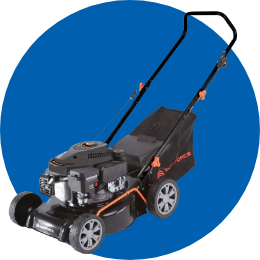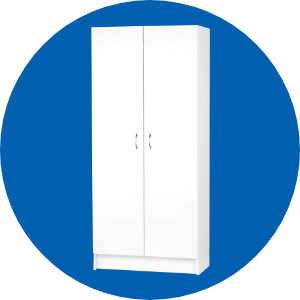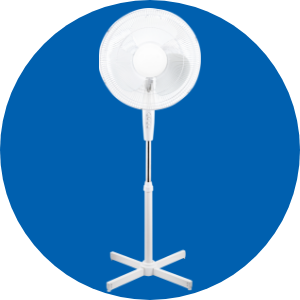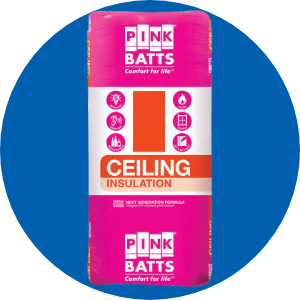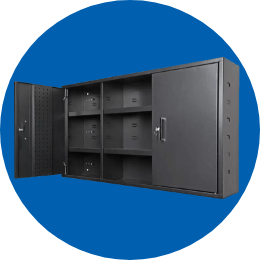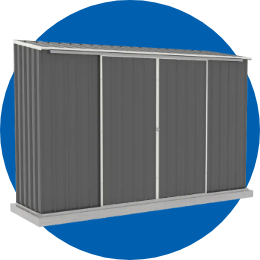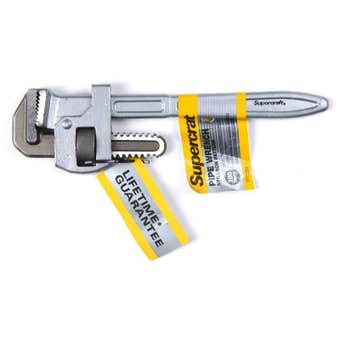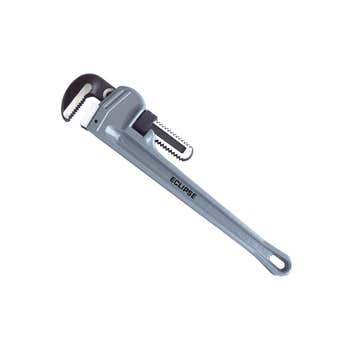- 14 September 2021
Recycle used water at home
Reduce your water bills and your impact on the environment by reusing greywater from showers, baths, spas, hand basins, laundry tubs, washing machines, dishwashers and kitchen sinks (although kitchen water is generally too contaminated).It is most commonly used to irrigate plants, but may also be used to flush toilets and even wash laundry if it is filtered. Wastewater (otherwise known as sewage) entering the sewer system is classified as either blackwater (grossly contaminated by human faeces and urine) from toilets and bidets; or greywater (not grossly contaminated, but otherwise not considered drinking quality). You can re-use any wastewater from your home, but blackwater must be treated by an approved sewage treatment facility before the water may be legally used for any other purpose. Greywater may be re-used in many ways, provided you do so within the guidelines of your health and water authorities. Before you spend too much time and money on diverting greywater, check with your local authorities (see your water bill) to find out what you can and can’t do. The average household produces 400 litres of greywater per day. If you can use it all to replace drinking water that you would have used for watering plants or flushing toilets you could save around 140 thousand litres of drinking water every year! If you stick to the guidelines you can save large amounts of water and money, keep a green garden, and know that you’re doing your bit for the environment.
Step 1: Consider the health and legal issues
Firstly, find out if you’re legally able to recycle grey water on your property. Check with the following:
• Your state health department guidelines for greywater reuse
• Your water authority guidelines
• Your local council guidelines
Conditions vary greatly across the country, and even within localities. Be aware that severe penalties may apply if unauthorised modifications are made to sewer systems, or if unlicensed/ unregistered persons carry out work on sewer systems. Make sure that you use greywater within the guidelines because if you get it wrong the health consequences can be severe for you, your family and neighbours, and the environment. Remember that even the relatively safe water from the clothes washing machine can be potentially harmful if, say, a baby’s soiled nappies are washed in it, or if greywater is stored for more than 24 hours without treatment and it becomes septic. Your choice of household sources for greywater is very important. If you choose not to use a filtration or treatment system you should exclude a few sources from your system:
• The kitchen sink and dishwasher. These can actually produce water with more pathogens and pollutants than raw sewage, including thermotolerant coliforms.
• Swimming pools and spas. These too are rich in chemical pollutants and biological menaces.
Other greywater sources in your household may be unsuitable for reuse if they are inappropriately used. The laundry water, for example, may contain paint solvents and solids if painting equipment is inappropriately washed in the laundry tub. The washing machine water may also contain high concentrations of nitrogen and phosphorous (components of many detergents), which can be damaging to soils and waterways.
Step 2: Greywater systems and products
The simplest greywater recycling system of all is to simply catch the washing machine water in a bucket and use it to water your garden. A better way is to create a plumbing system to do it for you (without spills and sore backs!).
There is a range of products and systems available, and they vary depending on the water source and re-use. Some are designed to receive water from the bathroom and/or the laundry for re-use on the garden, while others process water from the shower and bath for use in flushing toilets.
A simple-to-install system is a diverter valve. This is simply used to select whether greywater drains to the garden or to the sewer
Better systems have a temporary storage tank, filter and pump to allow you to water the garden when and where you need to. These units will only store greywater for up to 24 hours, so that it doesn’t become septic. After that time, stored water will be dumped into the sewer.
The ideal systems also sanitise water and have electronic control systems to manage water storage, treatment and distribution. Licensed plumbers and electricians may be required for the installation and commissioning of these systems, and approval may be required from your local water authority, especially for treatment systems.


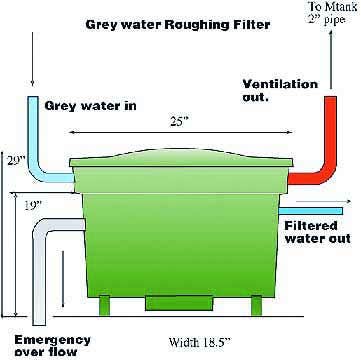

Step 3: Planning
The ideal time to plan and install these systems is when you’re building a new home, extending, or renovating bathrooms and laundries. New plumbing can then be easily concealed in the walls and floors. It’s possible to retrofit greywater systems in any home, whether renovating or not. The main consideration is: How much water is generated daily by each function, and what is the best use for it? Table 1 lists typical household water use. You might like to work out for yourself how much you are using.
As you can see, re-using wastewater from the bath and shower would be just enough to flush the toilet for the day, while the laundry wastewater would fall short. You can determine your own usage by:
• Recording how many times the toilet is flushed daily. You can determine the flushing capacity of your toilet by turning off the stop valve that fills the cistern, flush it, then remove the lid and fill with a 10 litre bucket. Toilets flush from 6 to 10 litres (full) and 3 to 5 litres (half)
• Time how long your shower takes to fill a 10 litre bucket, then time the daily showers and calculate the litres used in a day
• Use the bucket method with your washing machine too
• Set the garden hose as you would normally use it, then time how long it takes to fill a bucket. Then time how long it takes to water your garden and calculate how much water is used.
This information will guide you to the best re-use of your grey water. Maybe you can water the garden and flush the toilet with re-used greywater? Maybe just one or the other?
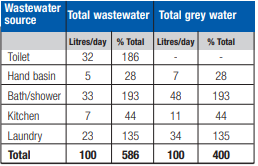

Step 4: Installing
You will need a licensed/registered plumber to install your system if it requires tapping into the existing pipework, but you can legally intercept grey water yourself before it actually enters the drainage system. You can install a pipe or hose to take water from your washing machine to the garden, although this may not be possible in all situations. Some greywater systems are simply a manually operated valve inserted in the drainpipe from, say, the laundry tub. Installation may be as simple as:
1. Read the manufacturer’s instructions fully before cutting anything
2. Cut the recommended length of your 50mm waste pipe away.
3. Assemble the waste water diverter valve, tee coupling and bottom coupling
4. Apply silicone sealant (to give you assembly time) to the bottom coupling and slide it down the waste pipe
5. Glue the top socket in place with solvent cement 6. Install your irrigation pipe and route it to the garden, making sure there is suitable fall to the garden beds.
This is a gravity system. There is no pressure to operate irrigation sprinklers or jets, and greywater mustn’t be used airborne. Wastewater must flow freely from the irrigation pipe, and this system should not be used with drippers as wastewater may back-up into the laundry – causing flooding. Mechanical systems vary for installation depending on the product and your specific site requirements. Consult the system supplier or a licensed plumber for advice.
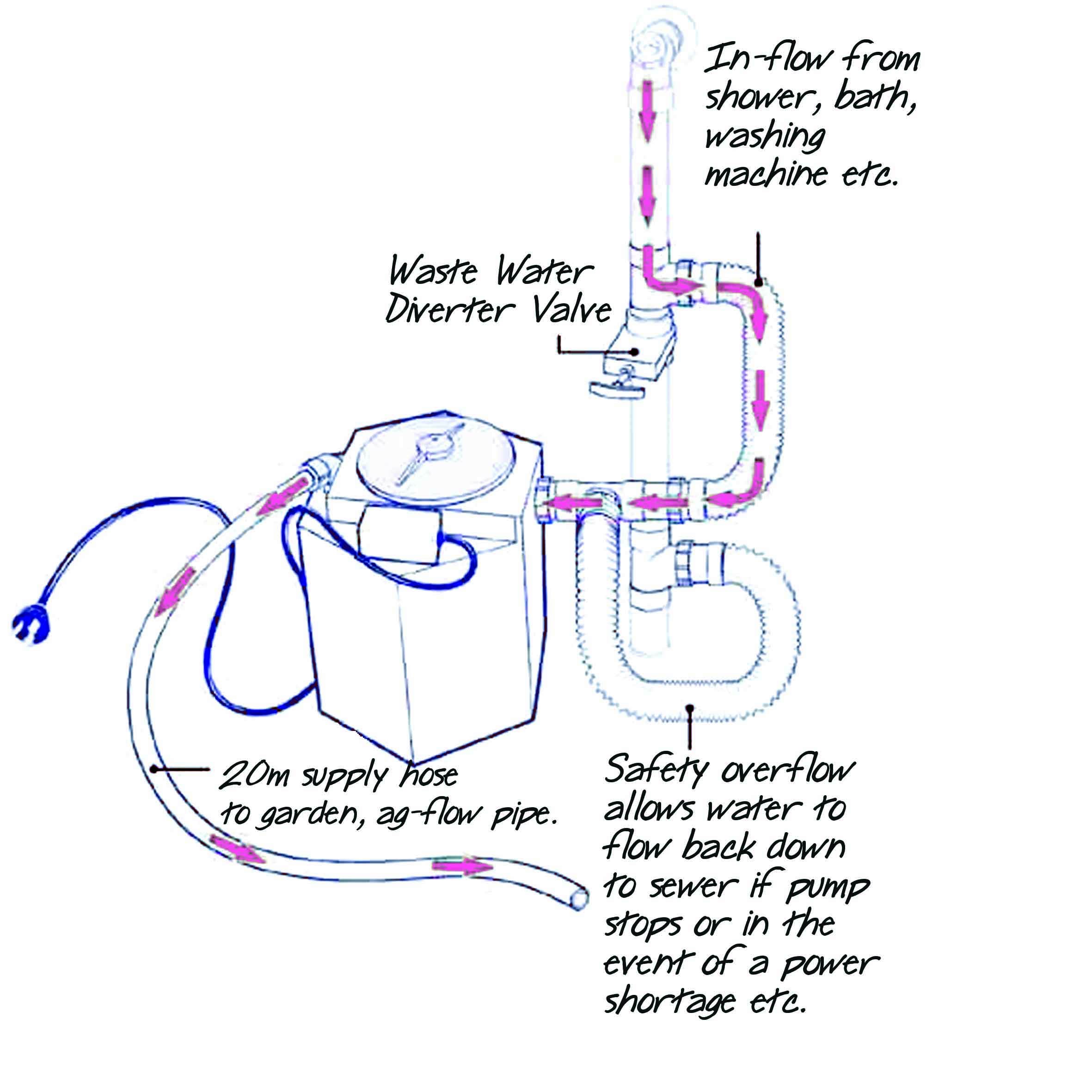

Step 5: Operating
Manually operated greywater systems should generally be left in the shut position (water going to the garden), otherwise your irrigation pipe may vent directly from the sewer (a health risk as well as unpleasant). If you wash something that will create contamination (such as nappies) open the valve so that wastewater is diverted to the sewer. Automatic systems vary considerably in their operation, but are generally quite simple to use. Pay specific attention to the manufacturer’s maintenance instructions to protect the health of your family and neighbours.



